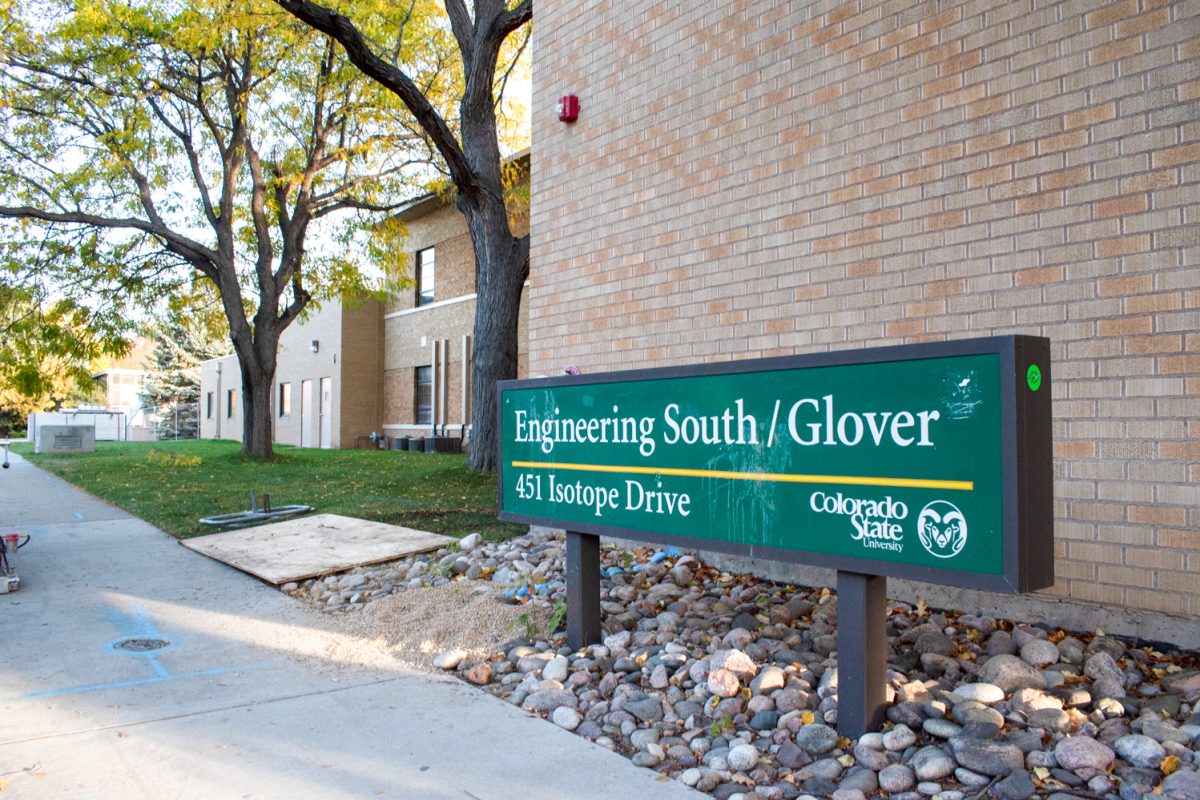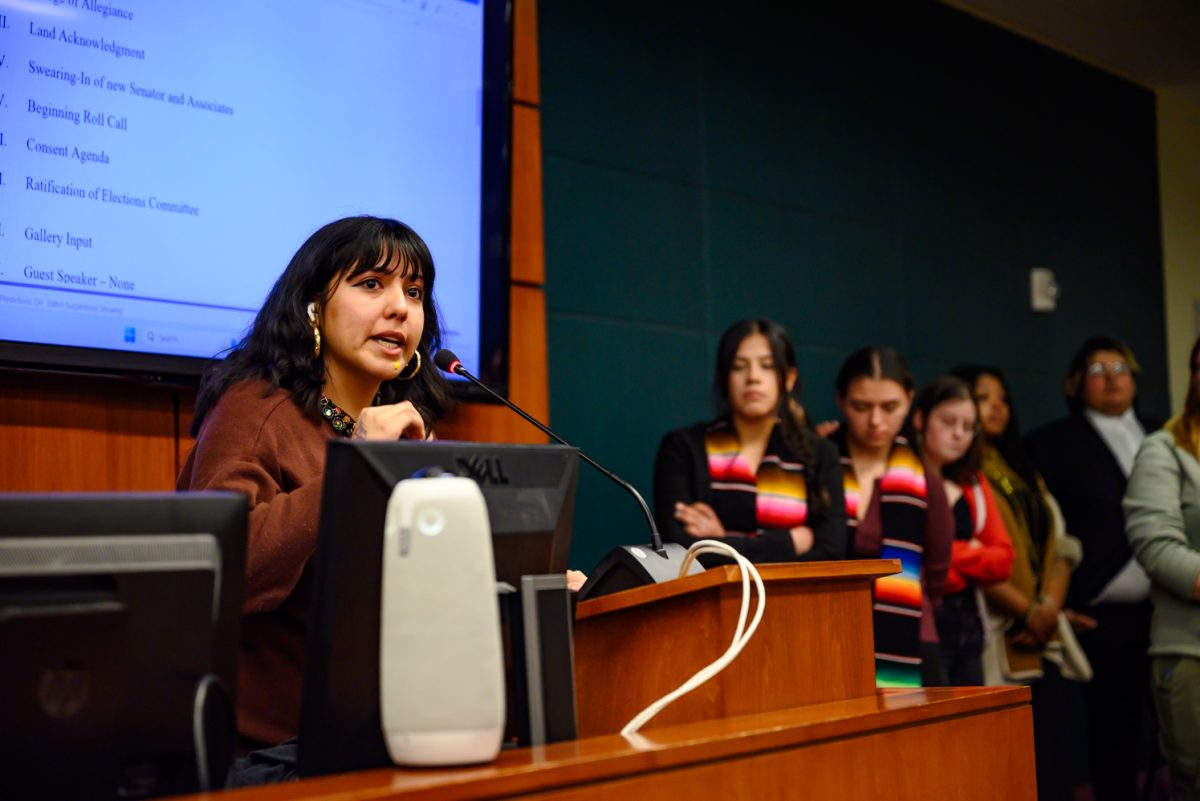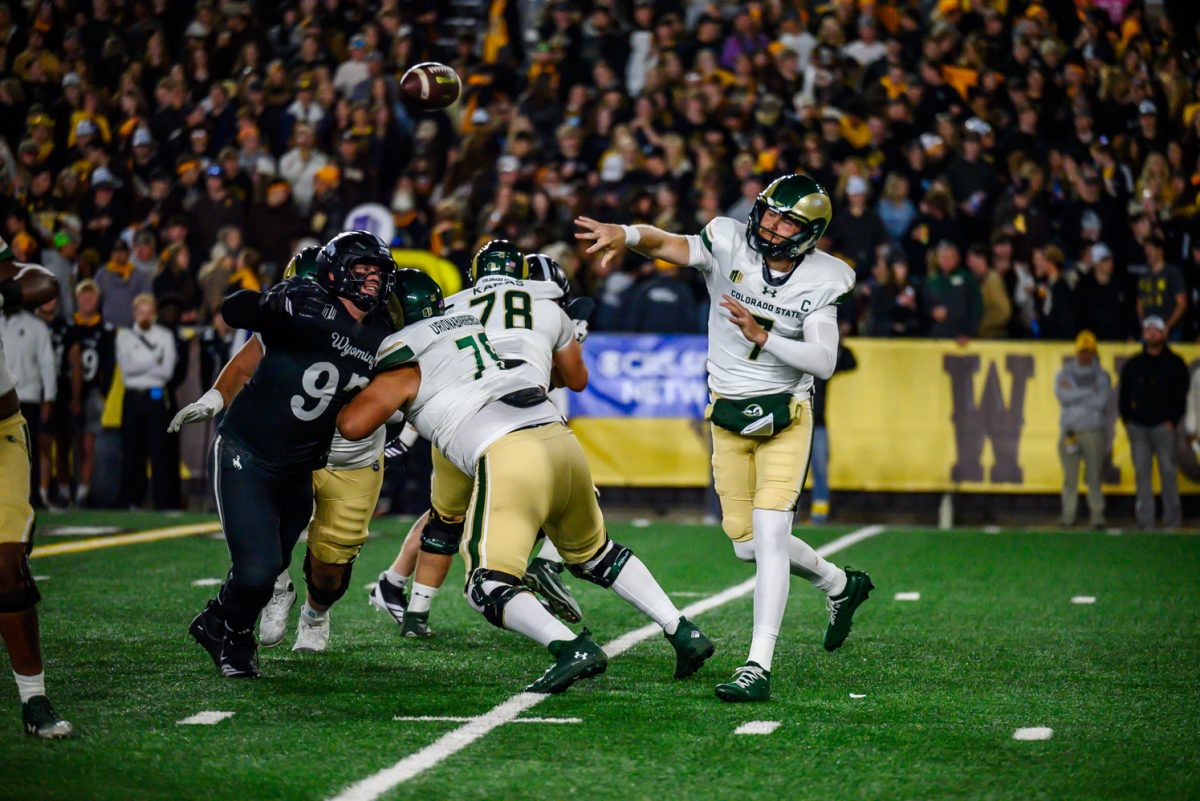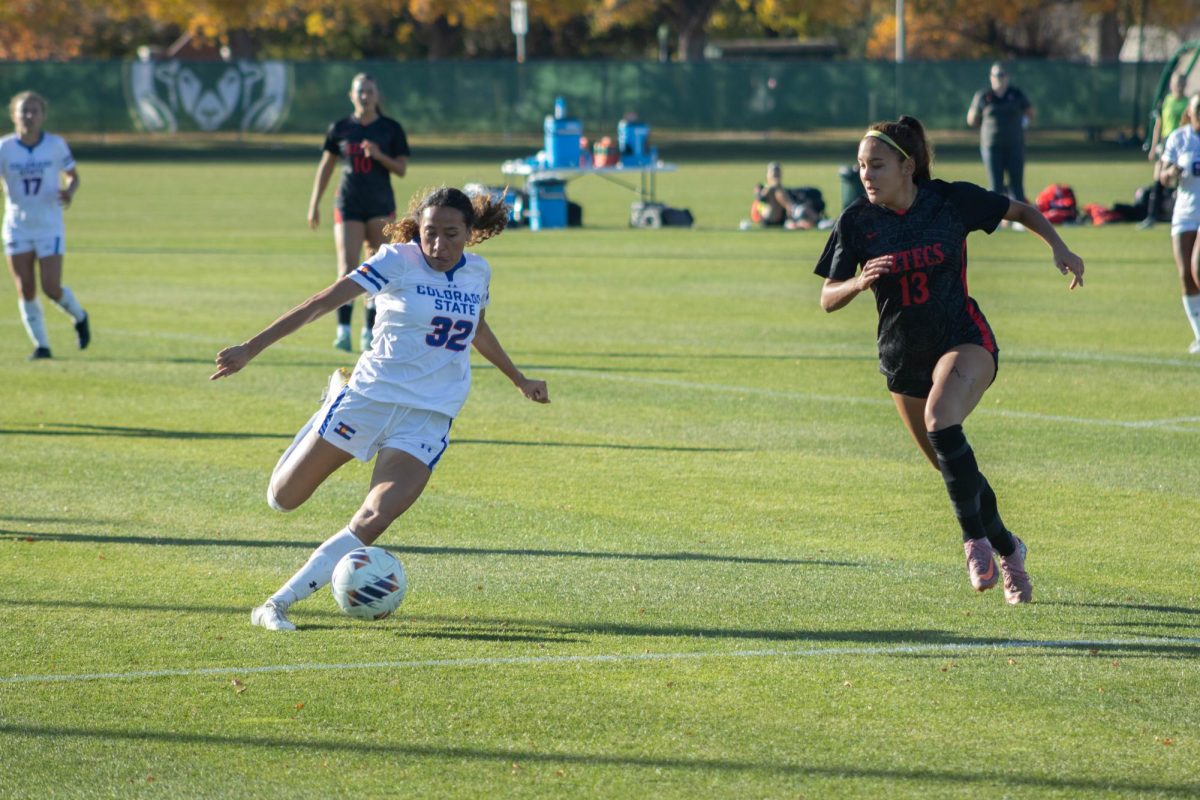PUEBLO — Colorado State University’s new on-campus stadium outperformed expectations for net income, projections for the end of the first year showed during a Board of Governors meeting Friday.
The $220-million stadium brought in more revenue than expected in its first year—and more expenses. The board expects the stadium to finish with $13.16 million in net income.

Compared to the University’s plan in 2012, the income is 32 percent higher than expected. Expected total revenue of $15.54 million is 36 percent higher than the 2012 forecasts and expected total expenses of $2.37 million is 69 percent higher.
The expected profit in the first year will cover the bond payments of $4.2 million and the athletic department contribution of $3.6 million, which maintains the department’s funding at the same amount previously contributed by Hughes Stadium.
The University is still considering options for what to do with the $5.3 million surplus.
At the board meeting Friday, members tossed around ideas of putting some of the money towards philanthropy or academic projects. However, if the University does decide to put the surplus towards a project, that will require a board decision. As the funding is currently structured, any surpluses automatically go into a reserve fund.
“It’s an exciting piece of the to-do list to think about how can we do something for the students and for the greater good while being fiscally responsible,” said Kim Jordan, CSU Board of Governors secretary and CEO of New Belgium Brewing Co.
There are not any proposals for project funding yet, since this was the first notification of a potential surplus at the end of the year. Any decision about the surplus will likely come at the next Board of Governors meeting in May.
The stadium is financed by investors and donors through the sale of $239 million in revenue bonds. The University plans to make bond payments with stadium revenues and private donations. The bonds have an interest rate of about 3.57 percent and will increase about $12.18 million annually between 2020 and 2055.
Compared to Hughes Stadium, the new stadium made about $5.6 million more in revenue. In 2017, Hughes made $9.9 million in total revenue and $9.1 million in net income, compared to the new stadium’s $15.5 million in total revenue and $13.1 in net income.
CSU President Tony Frank told the board Friday the higher-than-expected expenses largely had to do with the resources the University decided it needed to put towards the fan experience in the opening season of the stadium. The University spent about $973,000 more than planned, largely due to “game day expenses,” which included bus transportation, custodial services, additional security and other expenses related to the fan experience.
The income statement presented to the board during the meeting does not represent the final numbers, but instead represents a likely projection for the end of the fiscal year in June. The statement takes into account revenue and expenses to-date, as well as anticipated revenue and expenses through the remainder of the fiscal year.
In the first season, the 41,000-capacity venue had a per-game average attendance of 32,062. Season tickets were in higher demand than at Hughes — 15,477 season tickets were purchased for the fall 2017 season compared to 11,054 in the 2016 season.
“Much of overall stadium revenue is locked-in for several years to come,” Director of Athletics Joe Parker said in a statement. “This financial performance, and the long-term stability gained through these multi-year commitments, is the result of planning and hard work by people across campus, and by the deep support from our fans who really showed that bringing football back to campus was the right thing to do.”
Collegian Editor-in-Chief Erin Douglas can be reached at editor@collegian.com or on Twitter @erinmdouglas23.










